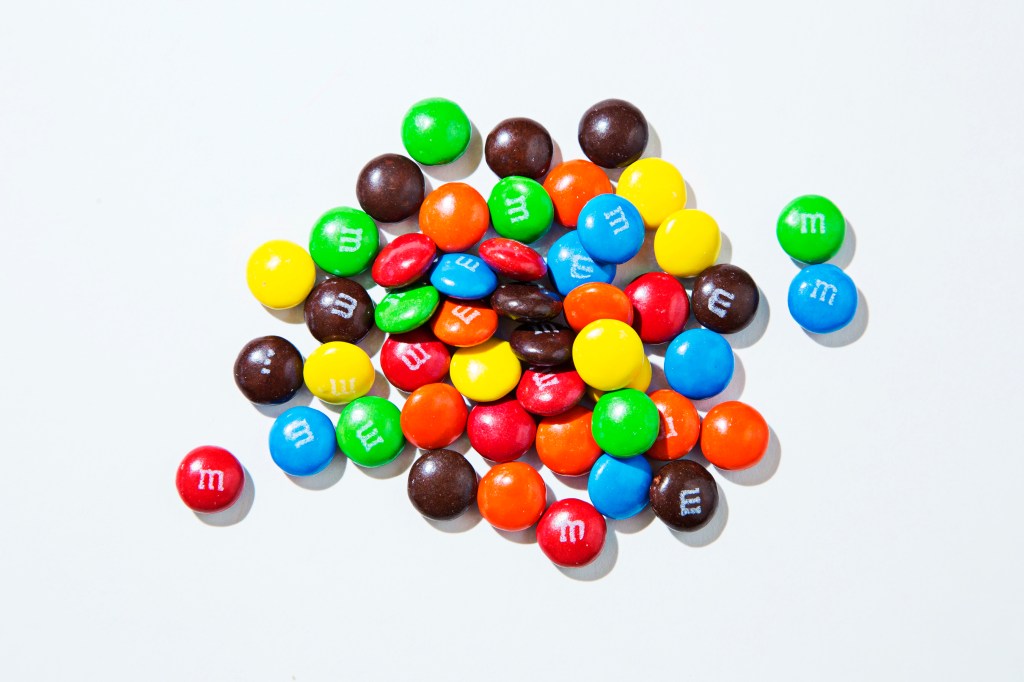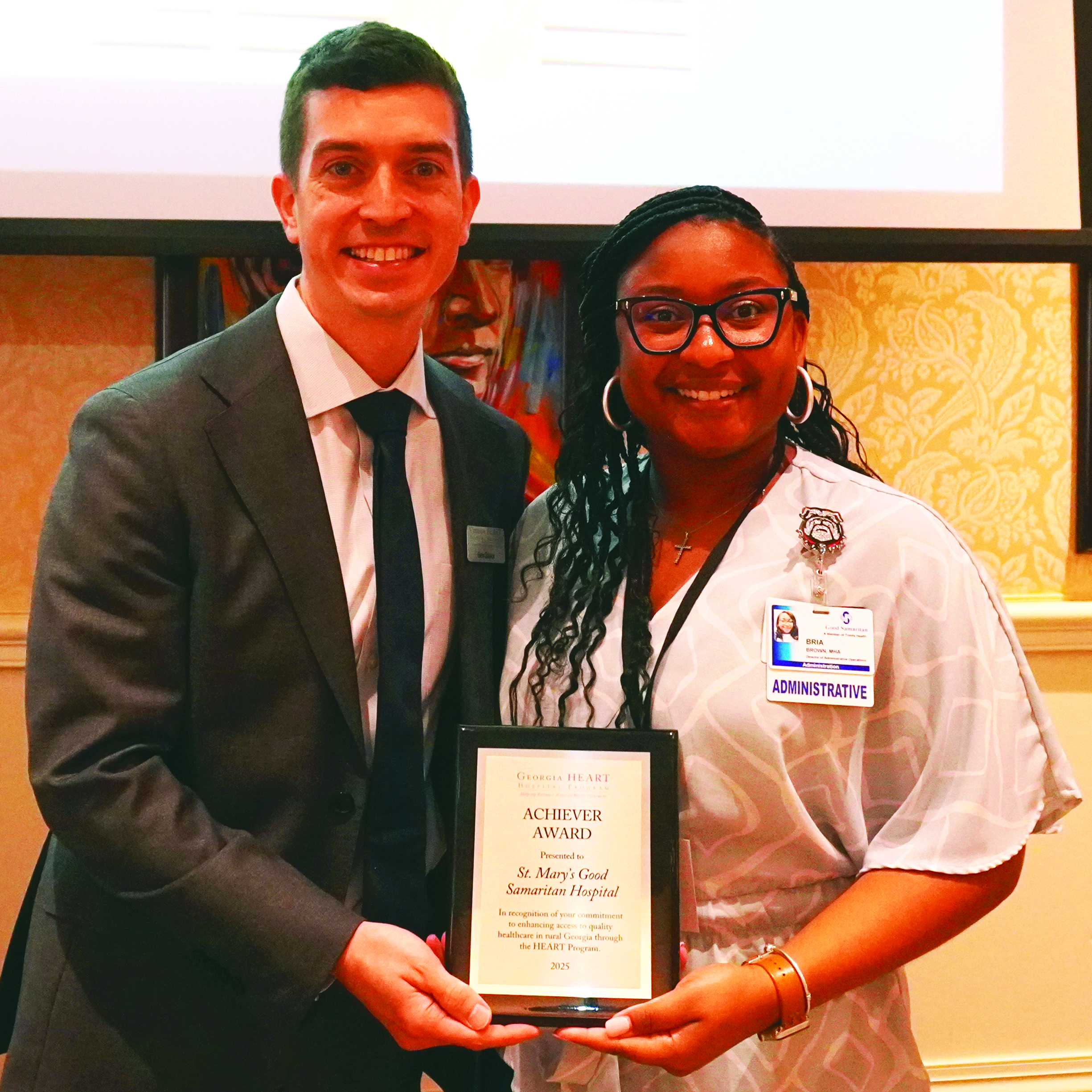Is candy the next battleground in America’s health war?
Published 11:30 am Friday, October 24, 2014

- The World Health Organization this year changed its maximum daily recommended intake of sugar for the average adult to 25 grams. 47 M&Ms have approximately 25 grams of added sugar.
On almost every day of the year, Room W471 on the fourth floor of Chicago’s enormous McCormick Place convention center is as unremarkable as any corporate meeting room you might imagine. It is gray. Or perhaps beige. Or is it a dull blue? Never mind. It is the efficient non-identifiable hue of how business gets done in 21st-century America.
But on this day something magical is taking place in Room W471. I have arrived on the eve of the National Confectioners Association’s Sweets & Snacks Expo, and 20 or so of the candy world’s leading tastemakers and buyers have gathered and been tasked with a sugar-spun assignment: to sample dozens of new candies, chocolates and snacks in search of the most innovative new creations. It’s like a fine wine tasting for 9-year-olds.
Wending from table to table, these industry vets chomp on the best new candy America has to offer: Toxic Waste Goop Gum “Oozing with sour slime!”; Tabasco Spicy Chocolate; Butterfinger Peanut Butter Cups; Dubble Bubble Fizzers Fizzing Bubble Gum; Warheads Sour Dippin’ Pucker Packs; Too Tarts Sugar-Free Spray Candy in Gween Apple, Blu Bewwy and Straw Bewwy flavors; birthday-cake-flavored M&Ms; draft-beer-flavored Jelly Belly jelly beans. My reporting would be incomplete if I did not also tell you there is a new candy called Sour Farts.
These are my people, I think as I look around the room. My role here is only as an observer, but I’m allowed to taste to my tongue’s content, and the next two hours are a blissed-out escape from responsibilities, deadlines, grim headlines and anything that matters. My new candy-land colleagues walk about chewing, murmuring, occasionally grimacing. They punch ratings into computer tablets, scoring the marketability, price points and deliciousness of each product.
We take joy where we find it in life, and I’ve almost always found joy in candy. Unwrapping a frozen Charleston Chew, biting into the sweetsalty perfection of a Reese’s peanut butter cup or daintily consuming a handful of unjustly maligned candy corn reaffirms the world’s wonder for me. I seek out candy’s company, near and far. In 1992, I wrote a letter to Cadbury executives in England urging them to make more of their British brands available in the United States. “If we find that enough members of the public share your enthusiasm, you may well find the Cadbury range will be expanded,” they wrote back. Who, I wondered, could possibly not share my enthusiasm?
When the candymakers tell me their product is about fun and pleasure, I not only believe them, I want to be one of them.
And yet.
And yet America is a nation of scale-busters. Two out of every three of us are overweight. We’re No. 1 with a bullet on the world’s obesity chart, and no one is catching us anytime soon. A sugar-fueled diabetes epidemic looms. Public health advocates long ago took notice of this rising fat and sugar tide and have pushed for changes to stem a health disaster. Soda companies have come under siege; trans-fats were punished into near oblivion. The phrase “high-fructose corn syrup” is now uttered with lip-curling contempt.
As Halloween approaches, a day for which Americans will purchase $2.5 billion in candy and consume 12 bajillion grams of sugar, America’s candymakers insist that they aren’t the problem. They point out that Americans get only 2 percent of their daily calories from candy. They argue that Americans understand that candy is a treat to be eaten in moderation. They state that candy can be a part of a balanced diet. And that may all be true, but the candymakers also sense that sugar is public health enemy No. 1. The health advocates and regulators who went after soda and trans-fats now have candy in their crosshairs.
No one wants a world without candy — a world without candy is no world at all. But advocates say something has to give in the battle between health and choice. And the fate of the growing U.S. candy industry, which went from $25.8 billion in sales in 2003 to almost $34 billion last year, may tell us something about where America is headed in terms of health, regulations and the freedom to choose whatever we want to eat whenever we want to eat it.
The future of food takes shape daily across Washington in the offices of lobbyists, industry regulators, senators, representatives, think tankers, policy analysts and public health advocates. The stakes are high for everyone.
For 15 years, Margo Wootan, director of nutrition policy at the Center for Science in the Public Interest, has been pushing hard on the anti-sugar front. She worked with a large coalition to bring about the passage of the Healthy, Hunger-Free Kids Act in 2010, which brought vast changes to nutrition requirements at all schools that receive any federal funding.
In addition to improving the standards of food served in schools and increasing fruit and vegetable servings, a portion of the law that went into effect last month required that all candy, sugary drinks and non-nutritional snacks be removed from school cafeterias and vending machines. “By taking candy out of schools we’re saying candy is not an everyday food, and it’s something you should be eating a lot less of,” Wootan says.
By the end of the lobbying process on that bill, the candy industry was aligning with parents and with an overall push toward healthier eating that has been led in no small part by first lady Michelle Obama’s fitness-awareness efforts. For a few advocates, the law didn’t go far enough, but with its passage, the anti-sugar forces had notched their first significant piece of legislation.
Just as schools were shedding candy, a less-noticed effort was taking place at state and local levels. From Seattle to Los Angeles to Chicago to New York to Washington, governments began implementing programs that reduced or eliminated the sale of candy and unhealthy snack food in public buildings.
“Governments are deciding that it really doesn’t make sense for them to have obesity campaigns, which are often high-profile and a big priority, and then you walk into the health department or any public building and they have these vending machines that are chock-full of candy and soda and chips,” Wootan tells me.





